Tribe Buddlejeae Higher classification Buddlejeae | Family Buddlejaceae Scientific name Buddleja Rank Genus | |
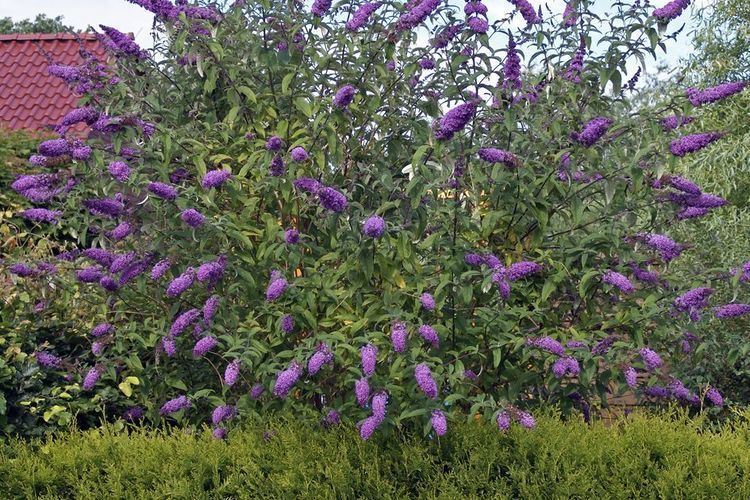 | ||
Lower classifications Summer lilac, Buddleja alternifolia, Buddleja 'Lochinch', Buddleja crispa, Buddleja saligna | ||
Buddleia buddleja butterfly bush how to grow buddleja davidii
Buddleja, or Buddleia /ˈbʌdliːə/ (also historically given as Buddlea), commonly known as the butterfly bush, is a genus comprising over 140 species of flowering plants endemic to Asia, Africa, and the Americas. The generic name bestowed by Linnaeus posthumously honoured the Reverend Adam Buddle (1662–1715), an English botanist and rector, at the suggestion of Dr. William Houstoun. Houstoun sent the first plants to become known to science as buddleja (B. americana) to England from the Caribbean about 15 years after Buddle's death.
Contents
- Buddleia buddleja butterfly bush how to grow buddleja davidii
- Buddleia davidii butterfly bush buddleja davidii hd 01
- Nomenclature
- Classification
- Description
- Distribution
- Cultivation and uses
- Buddleja collections
- List of Buddleja species and naturally occurring hybrids
- Formerly placed here
- List of Buddleja cultivars and artificial hybrids
- RHS Award of Garden Merit
- Asiatic and African species
- North and South American species
- Cultivated species and cultivars
- References
Buddleia davidii butterfly bush buddleja davidii hd 01
Nomenclature
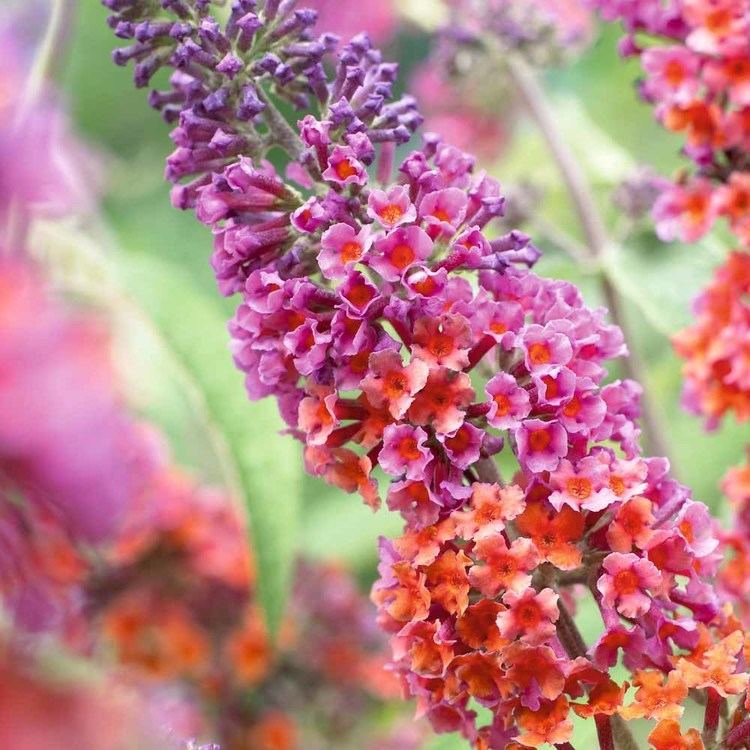
The botanic name has been the source of some confusion. By modern practice of botanical Latin, the spelling of a generic name made from 'Buddle' would be Buddleia, but Linnaeus in his Species Plantarum of 1753 and 1754 spelled it Buddleja, with the long i between two vowels, common in early modern orthography. The pronunciation of the long i in Buddleja as j is a common modern error. The International Code of Botanical Nomenclature has gradually changed to incorporate stricter rules about orthographic variants, and as of the 2006 edition requires (article 60, particularly 60.5) that Linnaeus' spelling should be followed in this case.
Classification
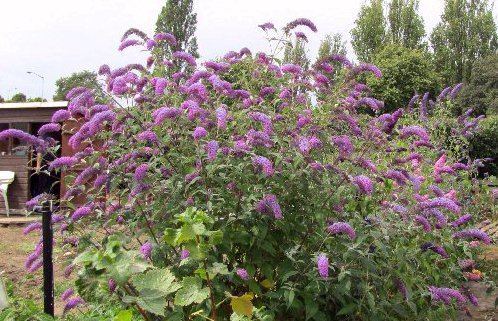
The genus Buddleja is now included again in the Buddlejaceae family, synonym: Oftiaceae, having earlier been classified under Scrophulariaceae, Loganiaceae and, originally, Buddlejaceae.
Description
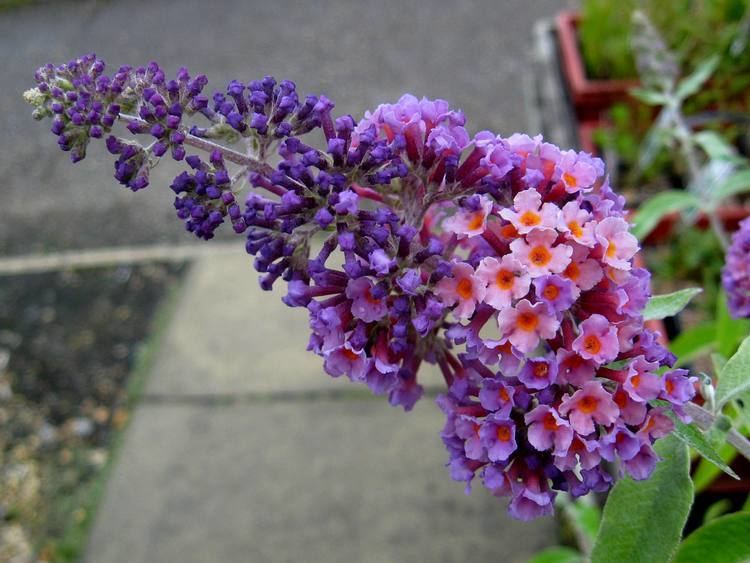
Of the approximately 100 species nearly all are shrubs <5 m (16 ft) tall, but a few qualify as trees, the largest reaching 30 m (98 ft). Both evergreen and deciduous species occur, in tropical and temperate regions resp. The leaves are lanceolate in most species, and arranged in opposite pairs on the stems (alternate in one species, B. alternifolia); they range from 1–30 cm (0.39–11.81 in) long. The flowers of the Asiatic species are mostly produced in terminal panicles 10–50 cm (3.9–19.7 in) long; the American species more commonly as cymes forming small, globose heads. Each individual flower is tubular and divided into four spreading lobes (petals) about 3–4 mm (0.12–0.16 in) across, the corolla length ranging from around 10 mm in the Asiatics to 3–30 mm in the American species, the wider variation in the latter because some South American species have evolved long red flowers to attract hummingbirds, rather than insects, as exclusive pollinators.
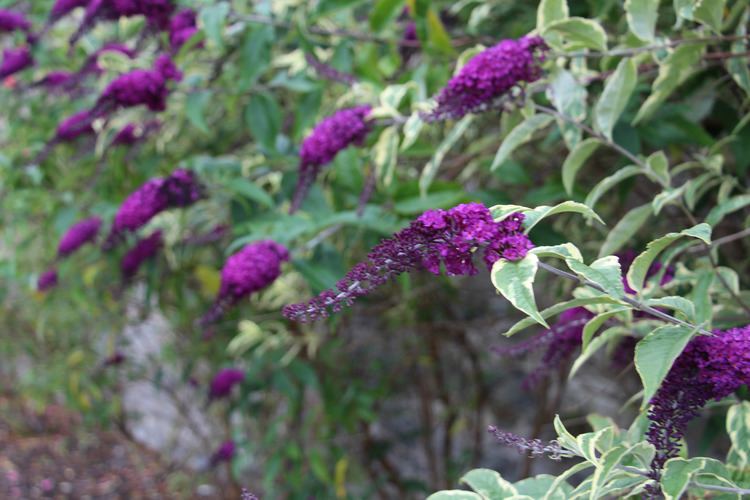
The colour of the flowers varies widely, from mostly pastel pinks and blues in Asia, to vibrant yellows and reds in the New World, while many cultivars have deeper tones. The flowers are generally rich in nectar and often strongly honey-scented. The fruit is a small capsule about 1 cm (0.39 in) long and 1–2 mm (0.039–0.079 in) diameter, containing numerous small seeds; in a few species (previously classified in the separate genus Nicodemia) the capsule is soft and fleshy, forming a berry.
Distribution
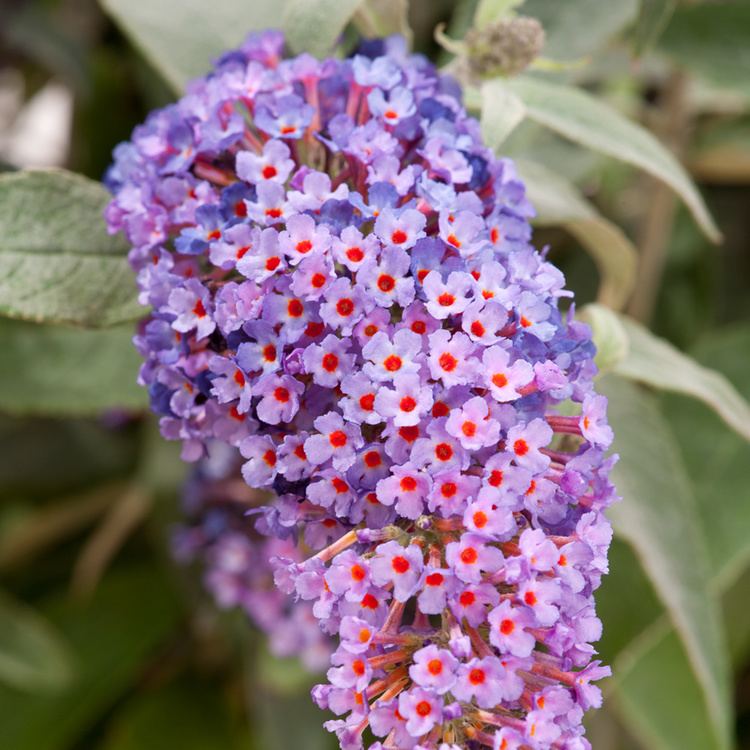
The genus is found in four continents. Over 60 species are native through the New World from the southern United States south to Chile, while many other species are found in the Old World, in Africa, and parts of Asia, but all are absent as natives from Europe and Australasia. The species are divided into three groups based on their floral type: those in the New World are mostly dioecious (occasionally hermaphrodite or trioecious), while those in the Old World are exclusively hermaphrodite with perfect flowers.
Cultivation and uses
As garden shrubs Buddlejas are essentially 20th-century plants, with the exception of B. globosa which was introduced to Britain from southern Chile in 1774 and disseminated from the nursery of Lee and Kennedy, Hammersmith. Several species are popular garden plants, the species are commonly known as 'butterfly bushes' owing to their attractiveness to butterflies, and have become staples of the modern butterfly garden; they are also attractive to bees and moths.
The most popular cultivated species is Buddleja davidii from central China, named for the French Basque missionary and naturalist Père Armand David. Other common garden species include the aforementioned B. globosa, grown for its strongly honey-scented orange globular inflorescences, and the weeping Buddleja alternifolia. Several interspecific hybrids have been made, notably B. 'Lochinch' (B. davidii × B. fallowiana) and B. × weyeriana (B. globosa × B. davidii), the latter a cross between a South American and an Asiatic species.
Some species commonly escape from the garden. B. davidii in particular is a great coloniser of dry open ground; in urban areas in the United Kingdom, it often self-sows on waste ground or old masonry, where it grows into a dense thicket, and is listed as an invasive species in many areas. It is frequently seen beside railway lines, on derelict factory sites and, in the aftermath of World War II, on urban bomb sites. This earned it the popular nickname of 'the bombsite plant' among the war-time generation.
Popular garden cultivars include 'Royal Red' (reddish-purple flowers), 'Black Knight' (very dark purple), 'Sungold' (golden yellow), and 'Pink Delight' (pure pink). In recent years, much breeding work has been undertaken to create small, more compact buddlejas, such as 'Blue Chip' which reach no more than 2–3 ft (0.61–0.91 m) tall, and which are also seed sterile, an important consideration in the USA where B. davidii and its cultivars are banned from many states owing to their invasiveness.
Buddleja collections
In the UK, there are four NCCPG national collections held by:
List of Buddleja species and naturally occurring hybrids
The many species of Buddleja have been the subject of much taxonomic contention. The listing below includes the names, still prevalent in horticulture, of many former Asiatic species sunk by the late Toon Leeuwenberg as Buddleja crispa and adopted as such in the definitive Flora of China.
Formerly placed here
List of Buddleja cultivars and artificial hybrids
A large number of hybrids and cultivars, predominantly of B. davidii, has been raised in nurseries on both sides of the Atlantic:
RHS Award of Garden Merit
The following Buddleja species and cultivars are currently (2014) holders of the Royal Horticultural Society's Award of Garden Merit:
